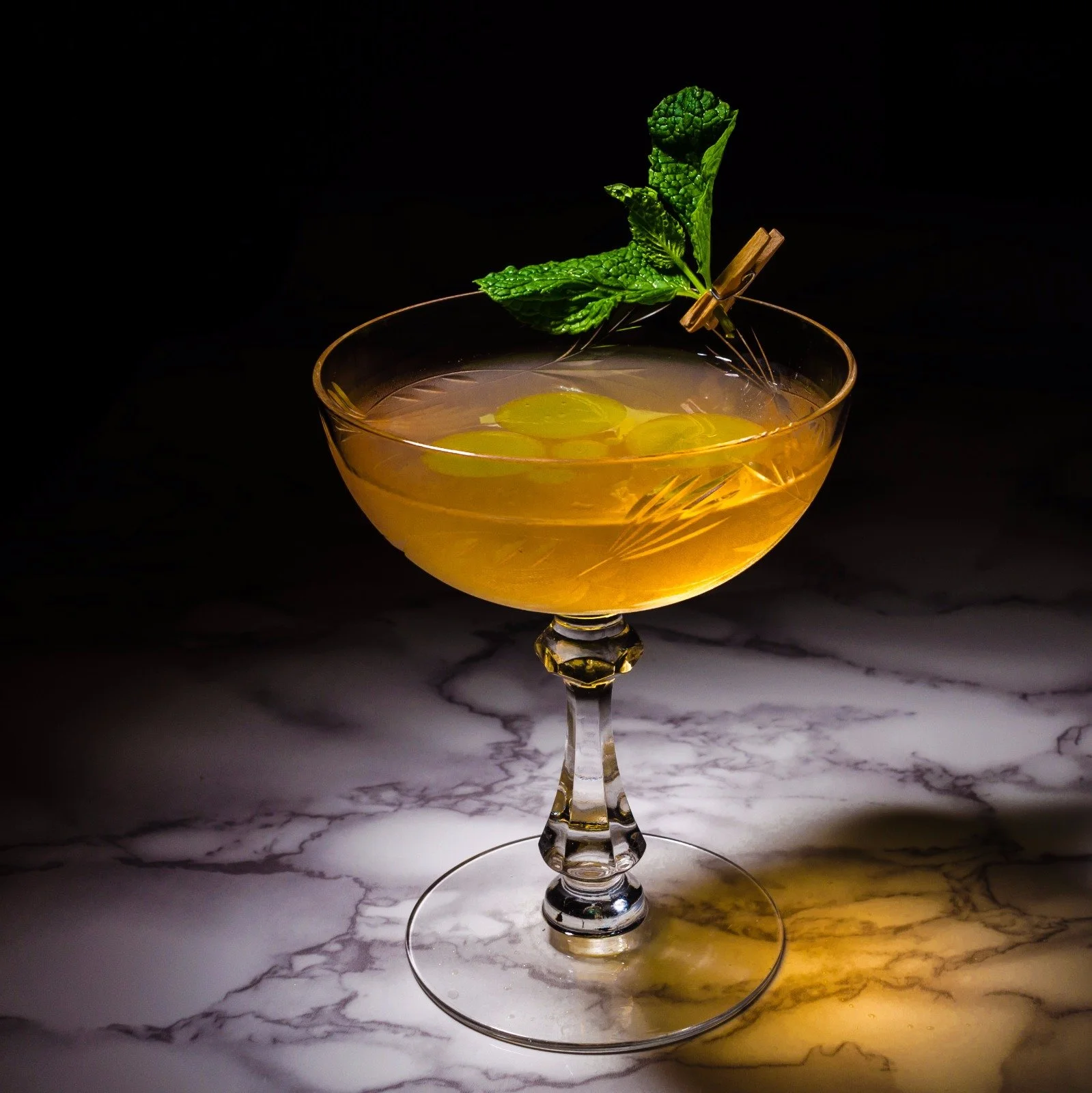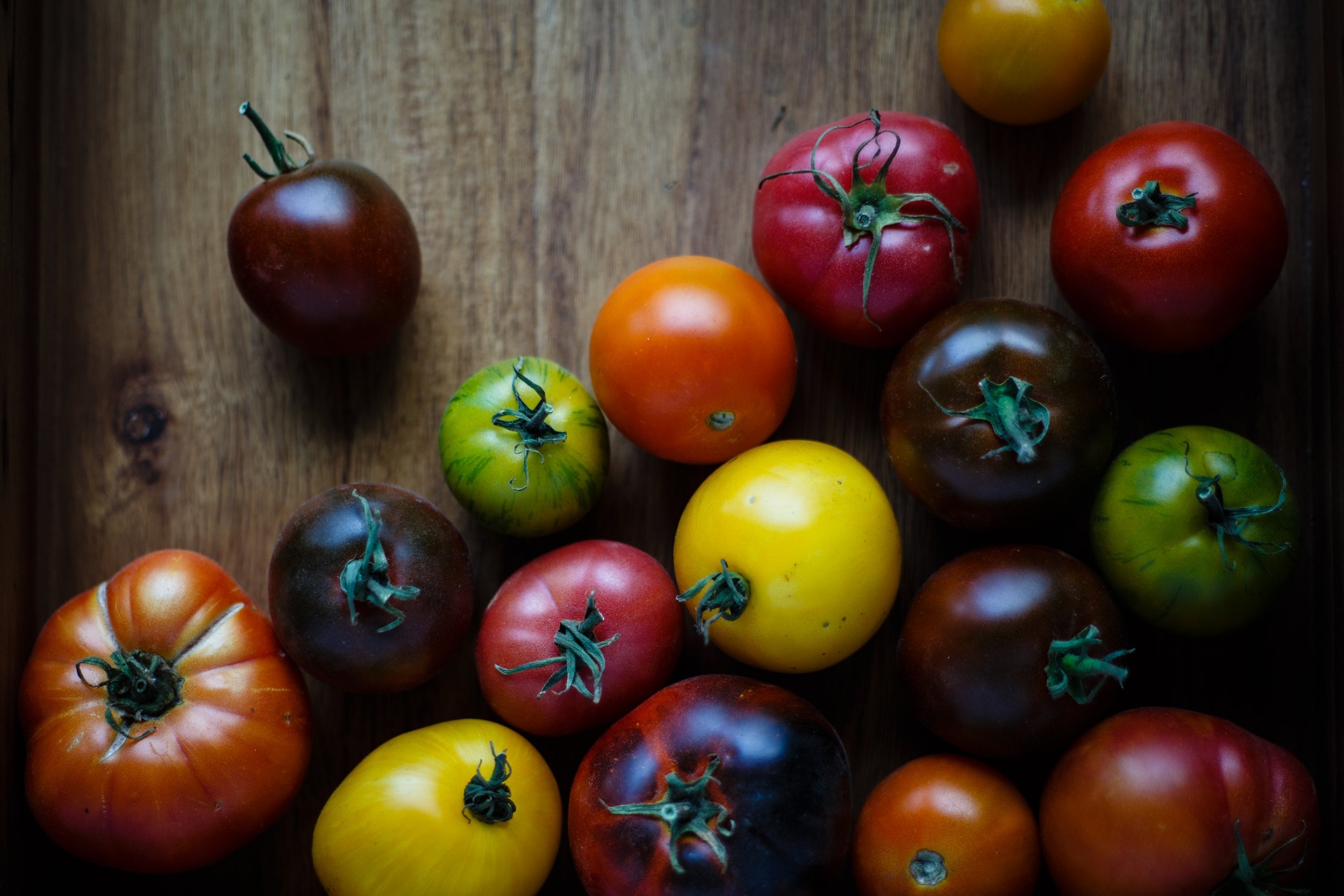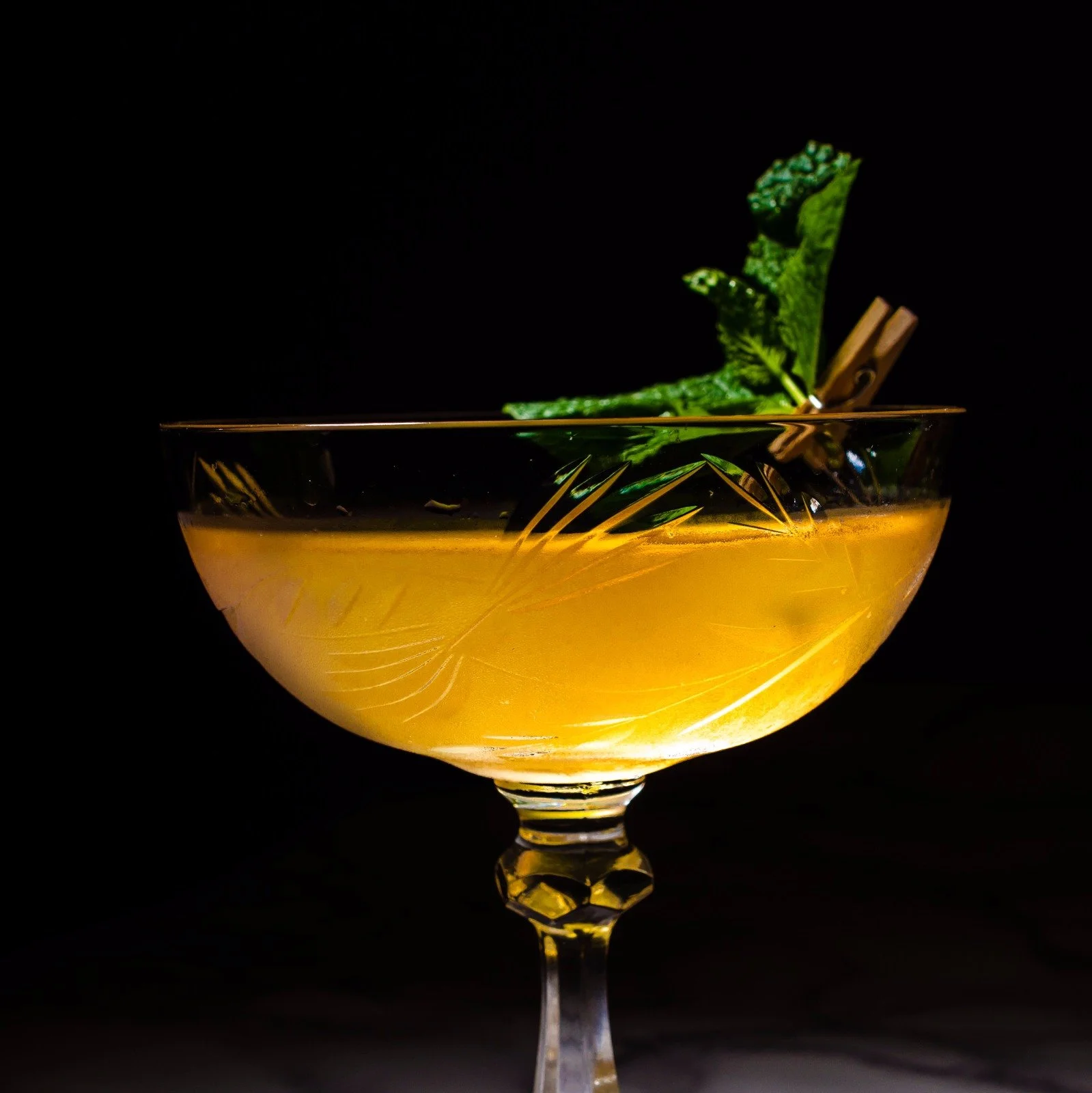Tomaters
Johan got a Spinzall from Booker and Dax, and we decided to revisit that old chestnut, the Bloody Mary. I've made bloody Maries in the past using a variety of tomatoes and flavor profiles, but it's been quite a while. Partly that's because, as I discovered, no one gets excited about savory cocktails. I'm doing this out of narcissism and my need for personal validation, so I mostly respond to my incentives in the market for your attention.
I.
What makes a bloody Mary? I use this term as a catch-all for any savory drink with a tomato juice base. Is this fair? After all, there are many ways to use the tomato as a cocktail ingredient. Is every tomato sauce marinara? Indeed, is ketchup a form of marinara? is bolognese? What about tomato jam, tomato confit, salsa roja?
Obviously, our cocktail lexicon is lacking. The nomenclature is either foolishly over-specific or else uselessly broad. I think, if we are stuck with the language we have, this is a tomato sling.
II.
Tomato juice does not taste very good, even when you use ripe, tail-end-of-autumn heirloom tomatoes. It is sweet, but not sweet enough, earthy, yes, but also too viscous. It has an umami note that makes it feel rich, but at the cost of being refreshing. You take a swig of tomato juice and "I want more of that" is precisely what you don't think. "Ah, that quenched my thirst", said no one, ever.Among people who like tomato juice cocktails, they usually order them for breakfast, they mostly just want to snack on the pickles, and they probably don't drink a lot of cocktails otherwise.A big part of the problem with tomato juice is the texture. It's fatiguing and satiating, dulling the appetite. A good mixed drink should excite the palate, preparing the imbiber for a meal. To fix this problem, we must alter the nature of the tomato juice itself. Pectinase is the answer.
III.
There are many ways to clarify tomato juice. You could make a consommé. You could use agar agar and a cheesecloth. You could strain the juice through a coffee filter. You could, if you're a little smarter, add pectinase and then strain the juice through a coffee filter.
If you have a spinzall, you could add pectinase, kieselsol, and chitosan, and run the juice through a centrifuge. In the past I have usually defaulted to the coffee filter method. It takes some planning, and it's inappropriate for large volumes, but it works when you're just making overengineered drinks for your frou frou blog.
My take is that anything you can do with a spinzall, you can make with other methods and a little more patience. The main advantage of the centrifuge is that it can process large volumes of liquid in relatively little time. If you're clarifying juice for a dinner party, it might be worth it, but in the majority of cases, you will get comparable results with the coffee filter.
IV.
Now, let's talk about the drink composition. Clarified juice becomes lighter in flavor as well as in color, but it retains its essential qualities. To complement the lighter flavor of the juice, I chose to use shochu instead of vodka for this drink. Shochu, despite its superficial similarities to vodka, has a lot of flavor. It tends to retain the qualities of the grain from which it was distilled.Tomato juice has a pleasant acidity all on its own, so no further acid was needed. My goal for this drink was to cultivate a subtle flavor, best regarded slowly. A dash of simple syrup, a pinch of MSG, and a dash of chocolate bitters round out the flavor of the liquid, which I stirred.
Chocolate and tomato may seem like an unusual combo, but if you have ever enjoyed Chili or Molé, you are acquainted with the combination. A hint of sugar helps to bridge the savory tomato and the sweet chocolate. A pinch of MSG reinforces the savory qualities of the tomato.
V.
The spinzall came with a manual, and in that manual was a recipe for herb-infused oil. I have been quite taken, lately, with the addition of aromatic oils to stirred drinks. A small oilslick floating on top of the drink can add dimensions of flavor and aroma that remain distinct from the aqueous liquid underneath. The ability to keep two liquids separate in the same cup opens a lot of possibilities for contrast and interplay.
It's not a big stretch, considering that we often express citrus peels on top of our drinks already, to go from that to a more generous pour of an oil which is deliberately flavored. Some readers may have a negative reaction to the idea of drinking an oil, but in small quantities it is delicious, I assure you. It is much like drizzling a flavorful oil on top of a soup.
For my aromatic oil, I put mint leaves and basil leaves into a blender with sunflower oil, and then used the spinzall to separate the oil from the plant matter. The resulting oil was flavorful, but it took on too much of the chlorophyll "plant stem" flavor, and the aroma of the mint was lost. I brought it back by adding a few drops of peppermint essential oil, but it was kind of a kludge.
I think I would have preferred to make this oil using sous vide, and without macerating the green herbs.
Clarified Tomato with Shochu, Basil, Chocolate, Peppermint
1.5 oz shochu
1.5 oz clarified purple cherokee tomato juice
.25 oz simple syrup
1 dash Bitter Truth Theo Chocolate bitters
1 pinch of msg
stir, and garnish with peppermint and basil infused oil, and a mint leaf.
Basil and tomato, chocolate and tomato, chocolate and peppermint. These are the flavor affinities I was trying to exploit. Basil and mint are perhaps not the best compliments to each other, but they did layer nicely in this drink. I think the pepper mint was a bit tacked on, and if I could have, I would have emphasized the basil more, the peppermint less.
Somewhere in here, there is also a chocolate and peppermint oil drink, trying to escape.
Cheers.


